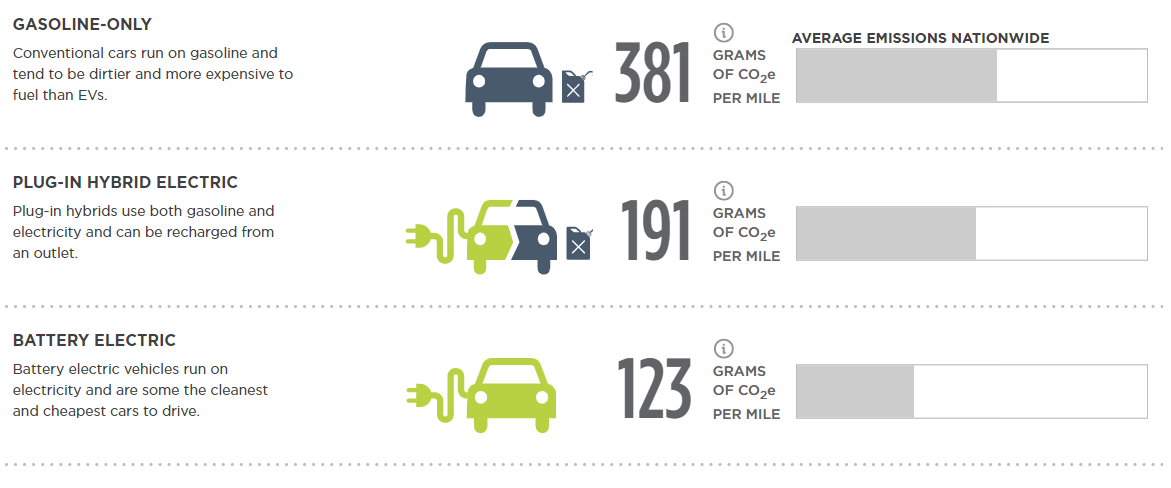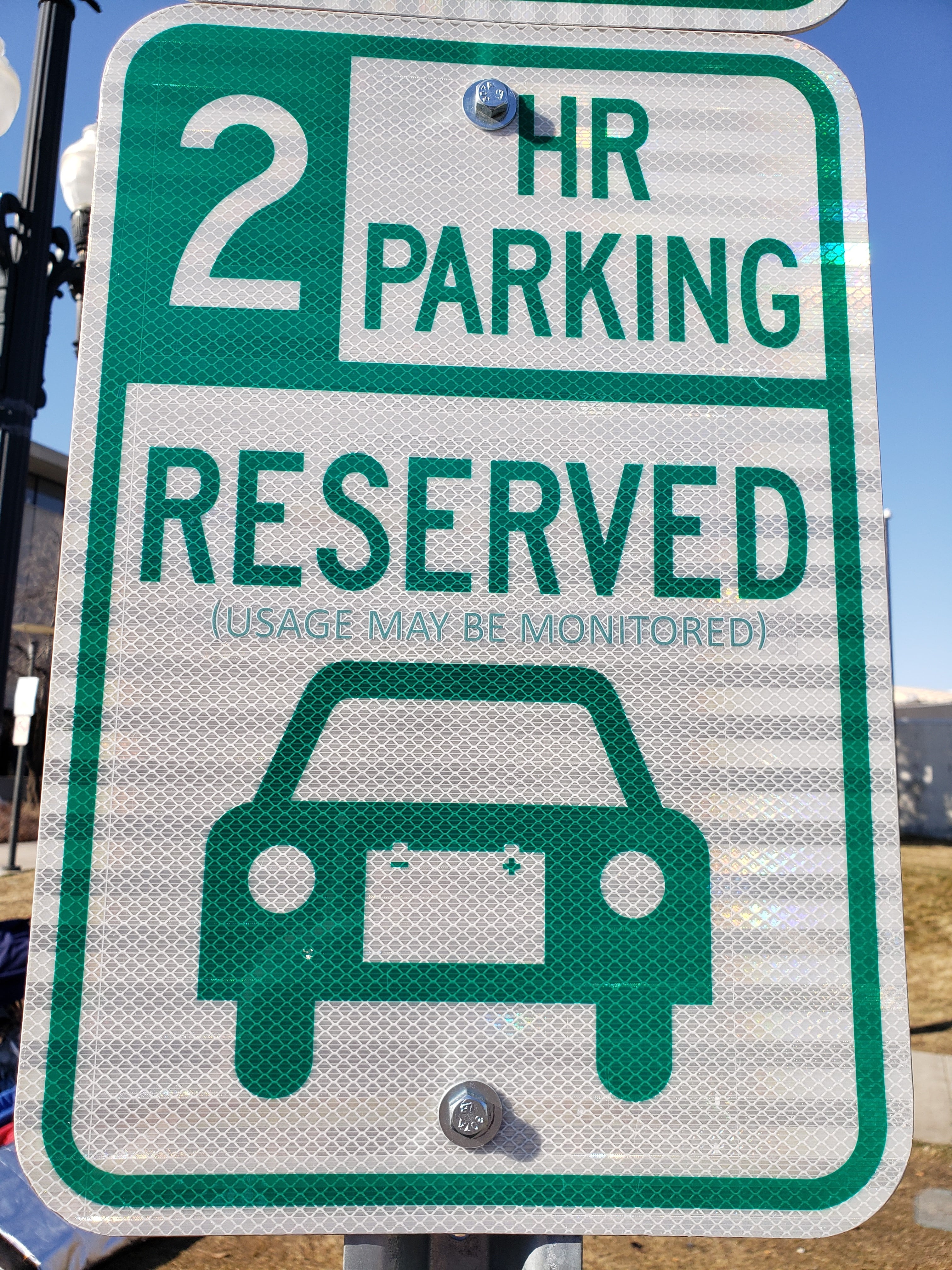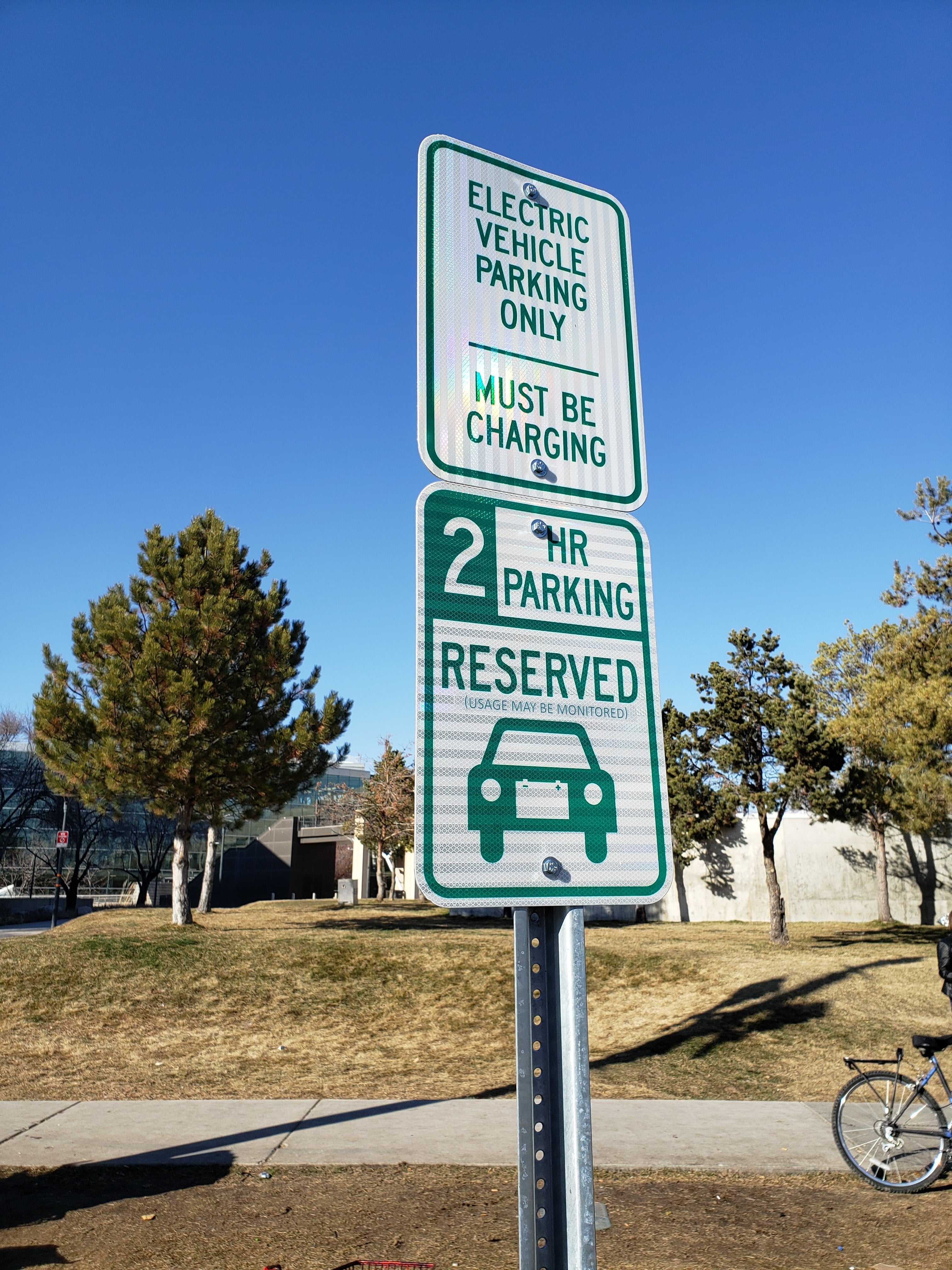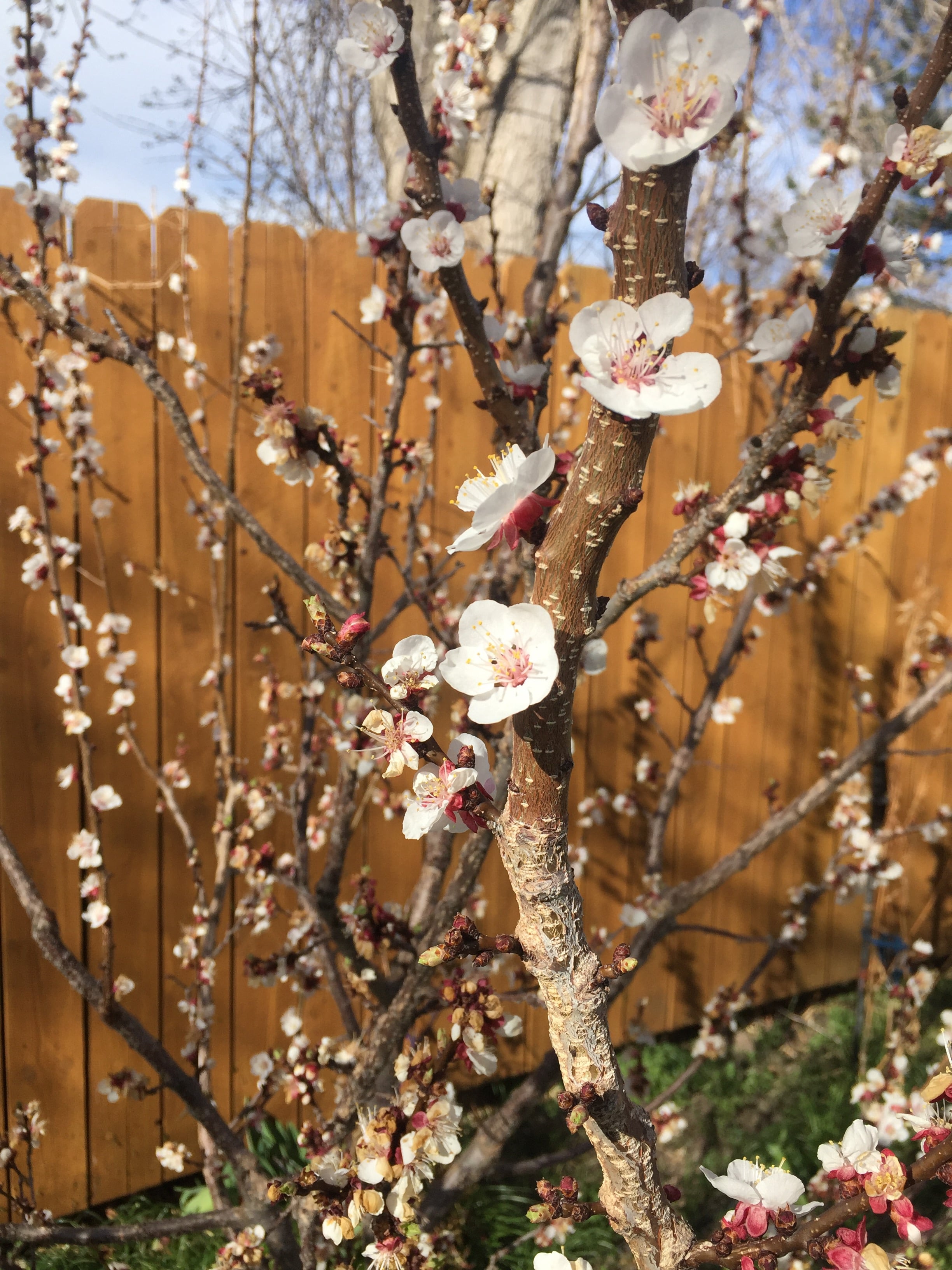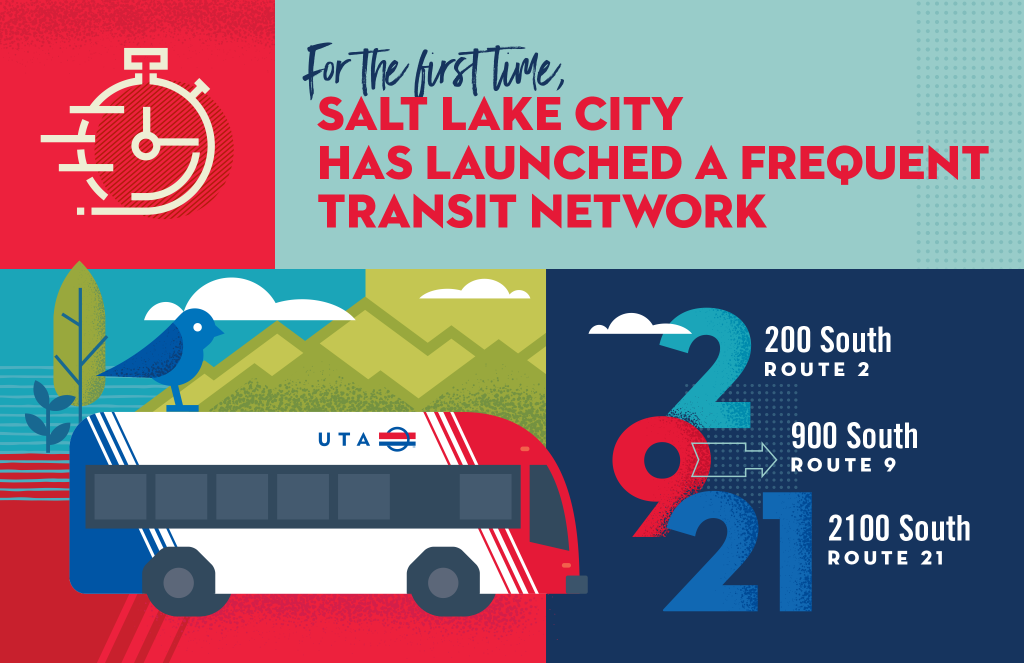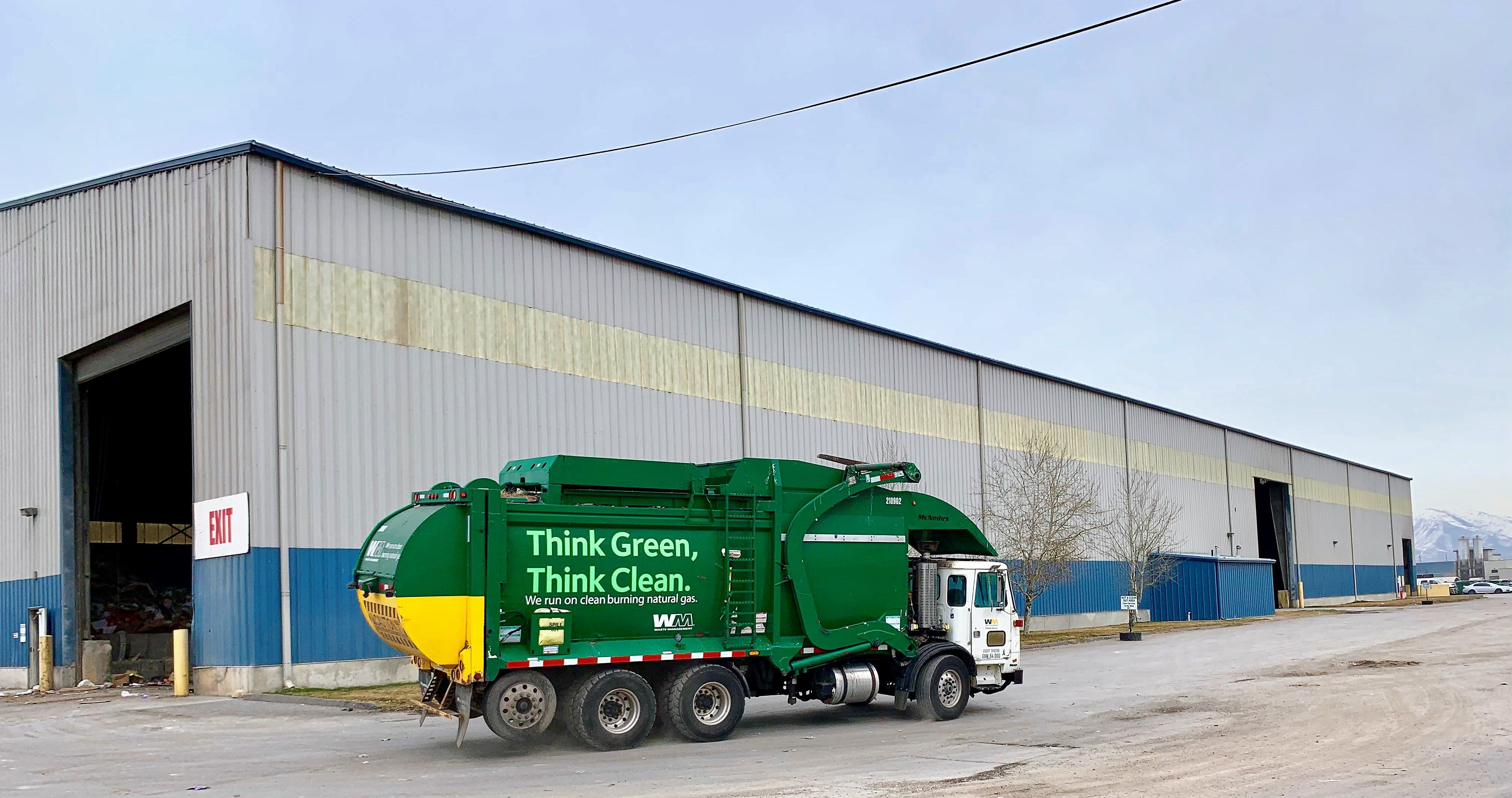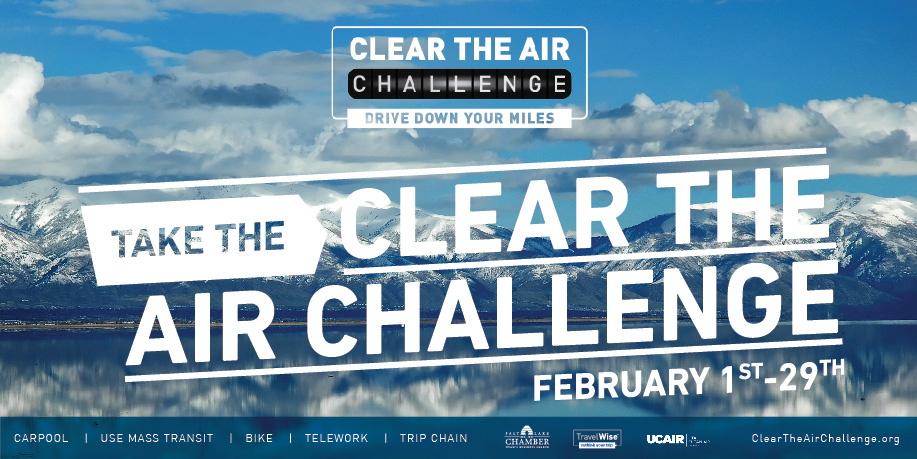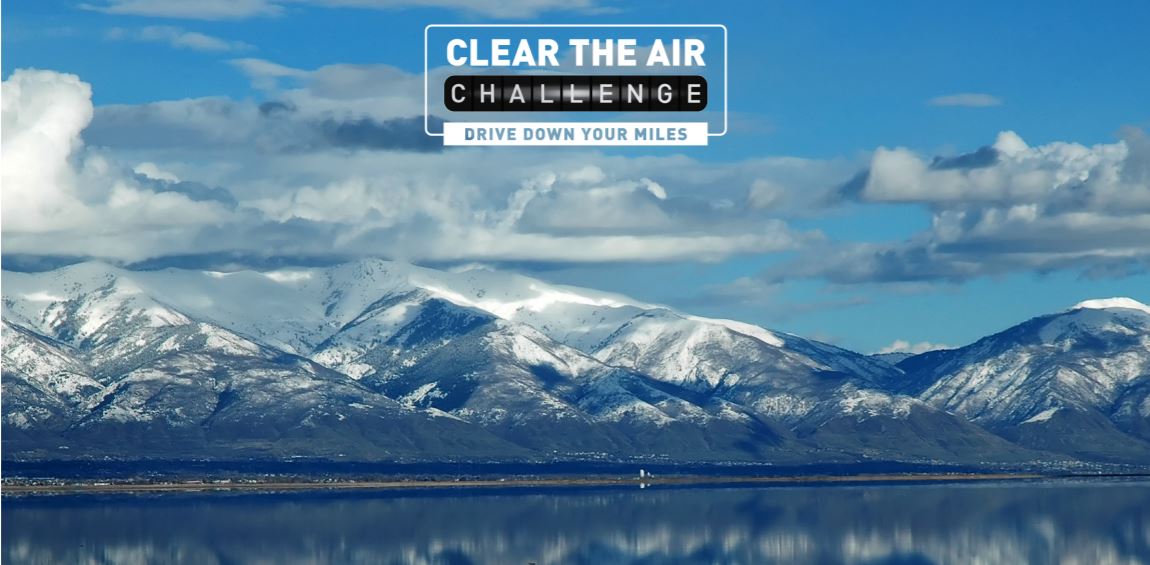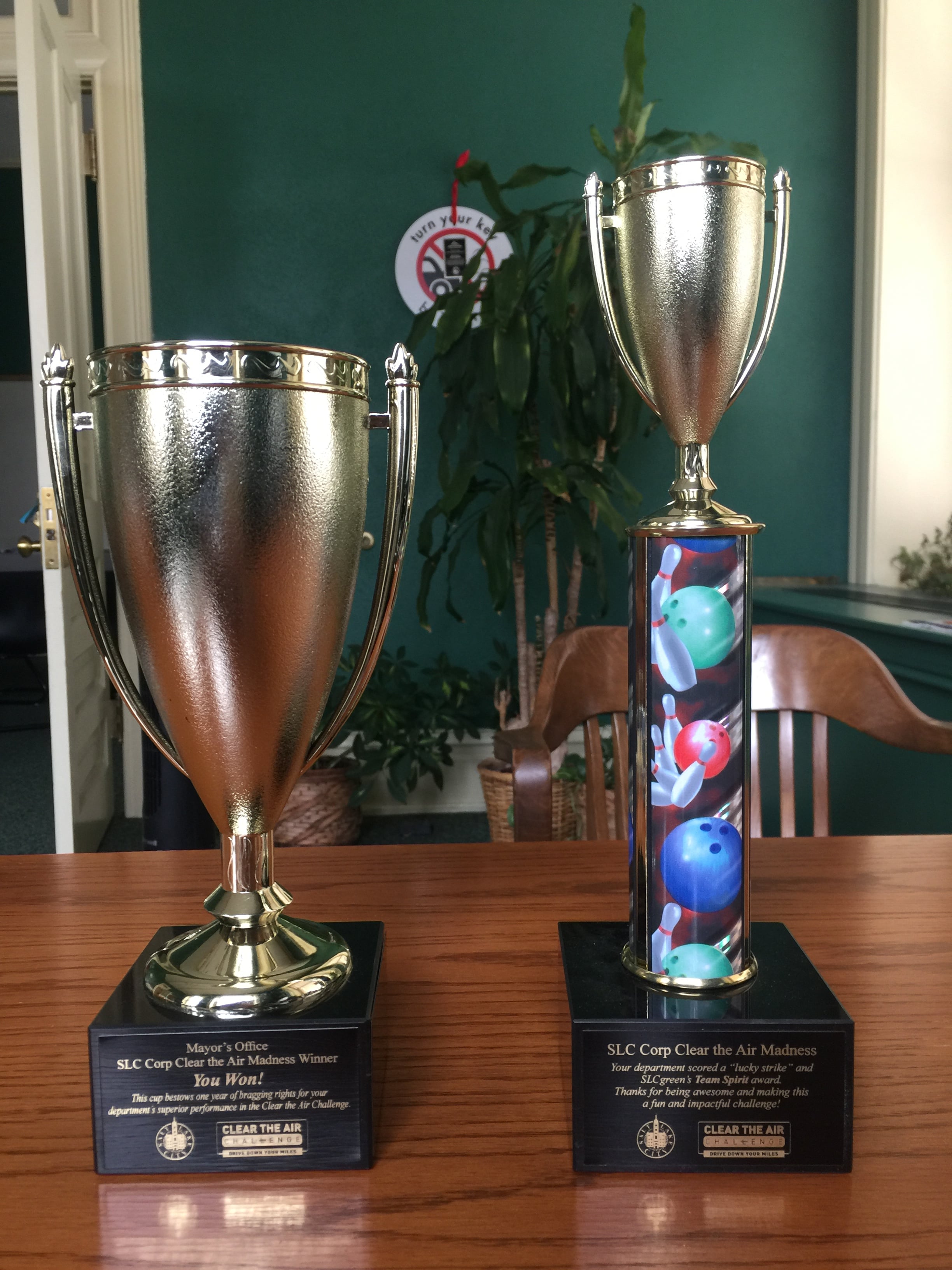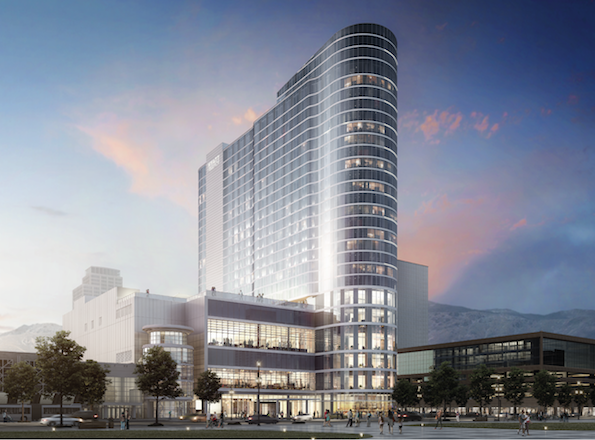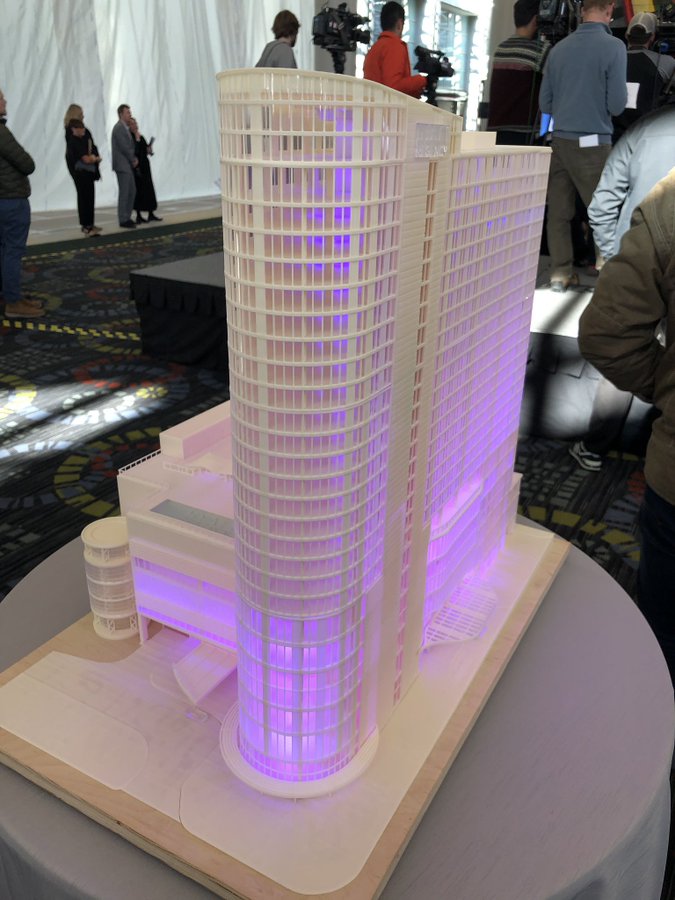
Our Director Vicki Bennett fosters kittens in her spare time. Here’s a picture of her current litter and their mama. (Looking for some animal love? If you’re home-bound and have the resources, now might be the perfect time to adopt or foster a cat or dog).
We hope everyone is doing as well as can be expected after a crazy week of pandemics and earthquakes. Here at the City, we’ve been working around the clock to ensure that vital operations and services are continuing, and to communicate with our residents and businesses with the latest information.
We’ll aim to continue sending our weekly SLCgreen community newsletter with information that is helpful and relevant to you – whether that’s sustainability-related or more focused on public health and important resources at this time.
Please note that our City County Building office has gone to 100% telework, but we are working and responding to constituents via email and phone. Reach out at slcgreen@slcgov.com and we’ll connect you to the right person or do our best to answer your questions.
Our Waste & Recycling office is closed to the public, but you can also contact customer service staff at 801-535-6999 or by emailing slcwasteandrecycling@slcgov.com.
Waste & Recycling
All of your Salt Lake City waste services are continuing uninterrupted at this time (not even a 5.7 magnitude earthquake will deter us!)
In fact, we’re expecting to see a significant increase in household waste with so many people staying home and practicing social distancing. You can help us by placing items in the correct container. Here’s our recycling page, our compost can page, and a video showing Ashley from our Education Team walking you through the “perfect” blue and brown bins. We appreciate your thoughtfulness in putting the right item in the right container.
Recycling may be a small act, but is something positive that we can all do right now.
The need for glass disposal is also expected to increase with more people staying at home and Momentum Recycling is here to help. You can use their free drop-off glass dumpsters or sign up for $7/month curbside service.
We are currently also operating our Call 2 Haul bulk waste program, so if being home-bound puts you in the mood to do some serious de-cluttering, schedule a collection.
Community Resources and Updates
We’ve spent the week helping compile information as it relates to the impacts of the current COVID outbreak on our community. Here are a few resources we wanted to share:
- Utah’s COVID-19 page is a helpful landing site for current news and updated case counts.
- Mayor Mendenhall has put together a comprehensive resource page on City services, resident questions, and resources.
- Salt Lake City’s Economic Development Department is assisting businesses with resources during this difficult time. The City recently established a $1 million emergency loan fund for small businesses. The first deadline is this Monday, March 23 at midnight.
- If you have lost your job or had hours reduced, there is help. Apply for unemployment insurance benefits. Food support may be offered through Utah’s WIC program. You also may be newly eligible to apply for Medicare under the expansion that recently passed. (TBD on whether the State waives work requirements soon).
- Our restaurants and hospitality sectors are taking a big hit. But did you know that many still offer curbside pick-up or delivery? Ask your favorite restaurant if that’s possible, and check out this webpage for restaurants to patronize at this time.
- The Food Bank and our community food pantries have seen a large increase in demand with a corresponding need for volunteers and donations. Please contact them to organize a potential volunteer shift.
- Please consider giving blood if you are eligible and able. According to the Red Cross, through March 18, nearly 4,500 blood drives have been canceled due to coronavirus concerns, resulting in over 150,000 fewer blood donations. Giving blood is safe and you can maintain social distancing while doing so. Here’s the Red Cross website and ARUP website.
- Ty Burrell of Modern Family seeded a fund to support our hard-hit food & beverage workers. Make a donation to support the fund or refer someone to apply.
- With temporary closures due to COVID-19, restaurants and food businesses may find themselves with extra food that cannot be used. Waste Less Solutions is eager to pick up and deliver donations of edible food to those in need. You can also volunteer to rescue food with them.
- For food that CANNOT be used, Wasatch Resource Recovery is accepting inedible food for free at the anaerobic food digester.
- There are several volunteer groups looking to help at-risk community members or those who are suffering financial hardship. Here is a Fox13 story on the Salt Lake Valley COVID-19 Mutual Aid Society.
- The United Way also has a community response fund.
As the Mayor said, this is a time of unprecedented challenge for our community. But we’re also incredibly proud of the ways our community has already started coming together to support those who are most vulnerable. Let’s continue practicing social distancing, but also social grace. We can all use some support, virtual hugs, kindness, and laughter these days.
Until next time,
Your SLCgreen team
P.S. Want more Salt Lake City-specific COVID updates? Follow SLCGov and SLCMayor on Twitter.





